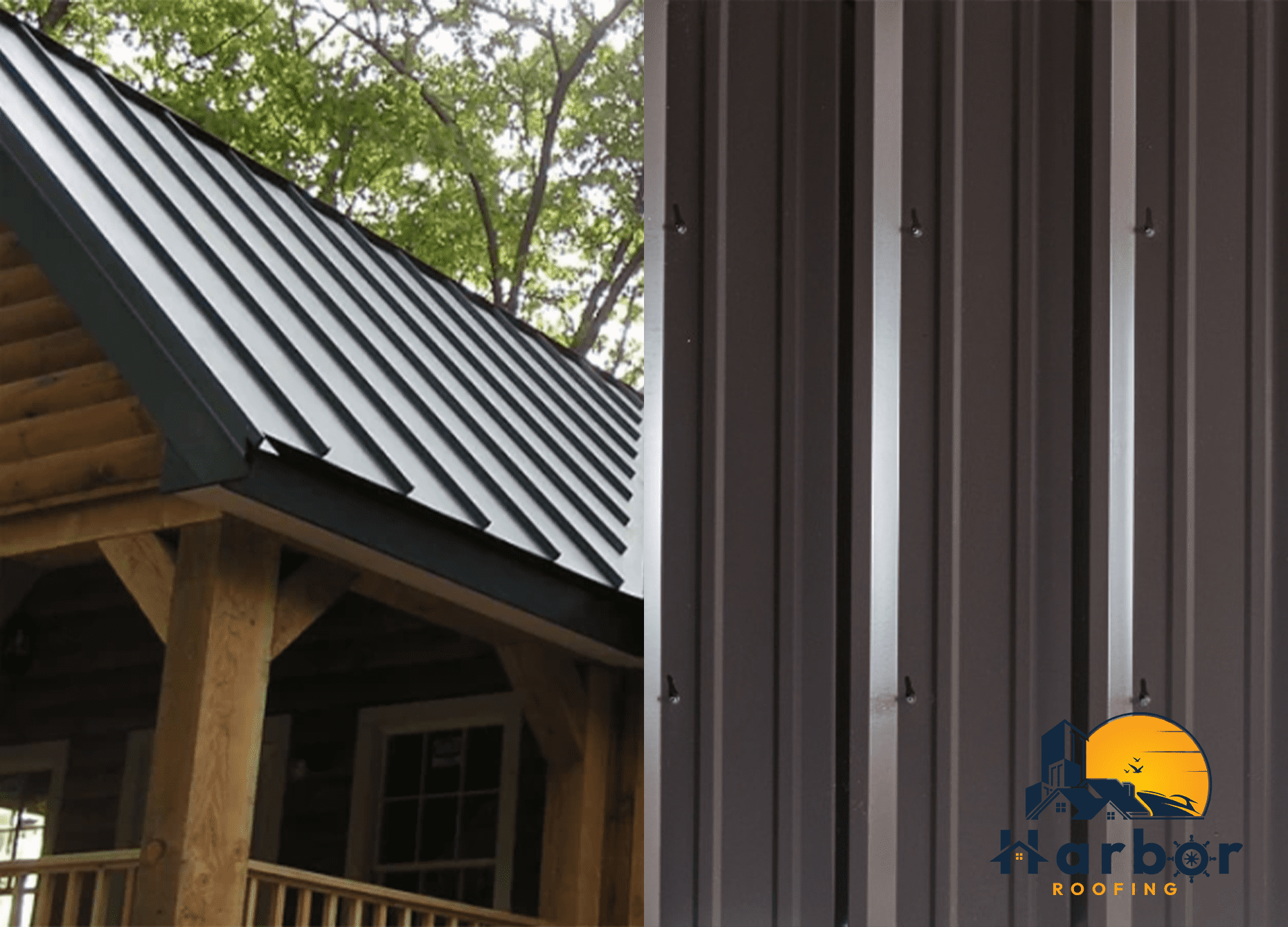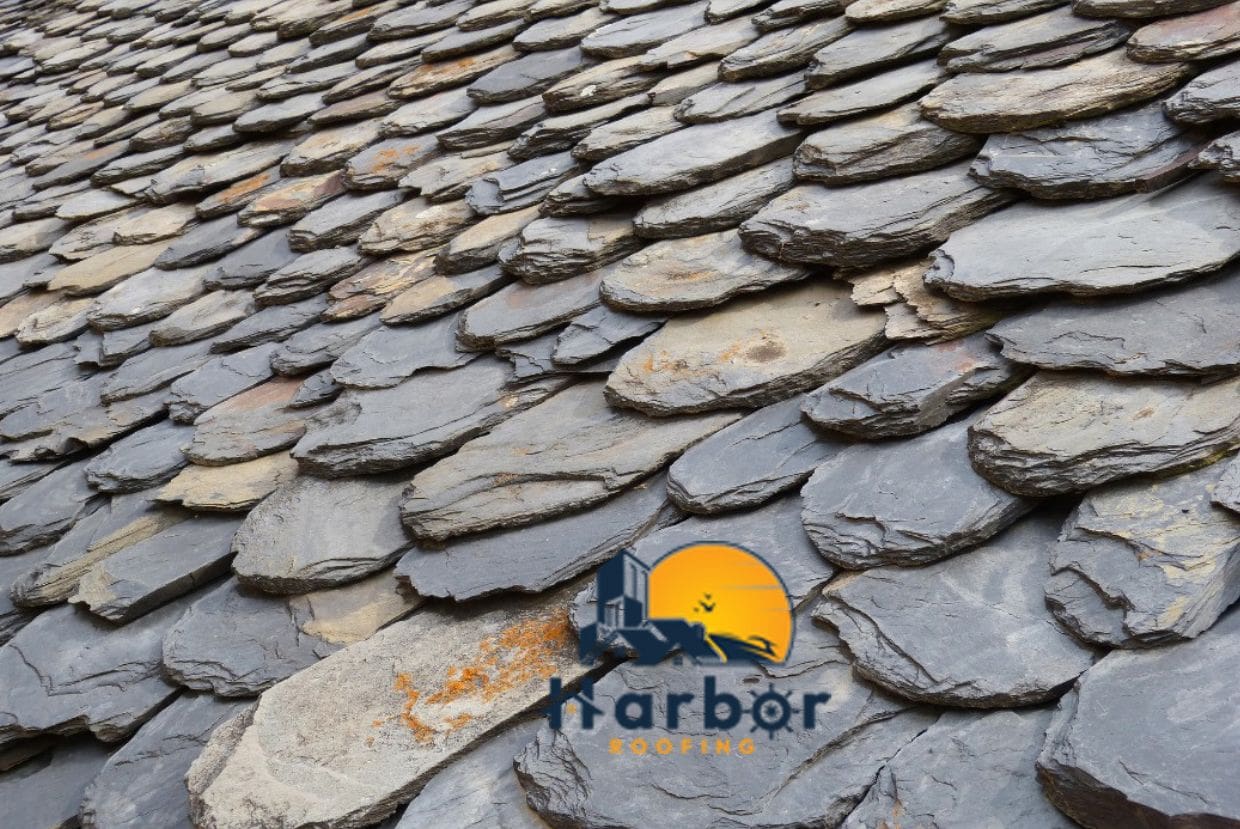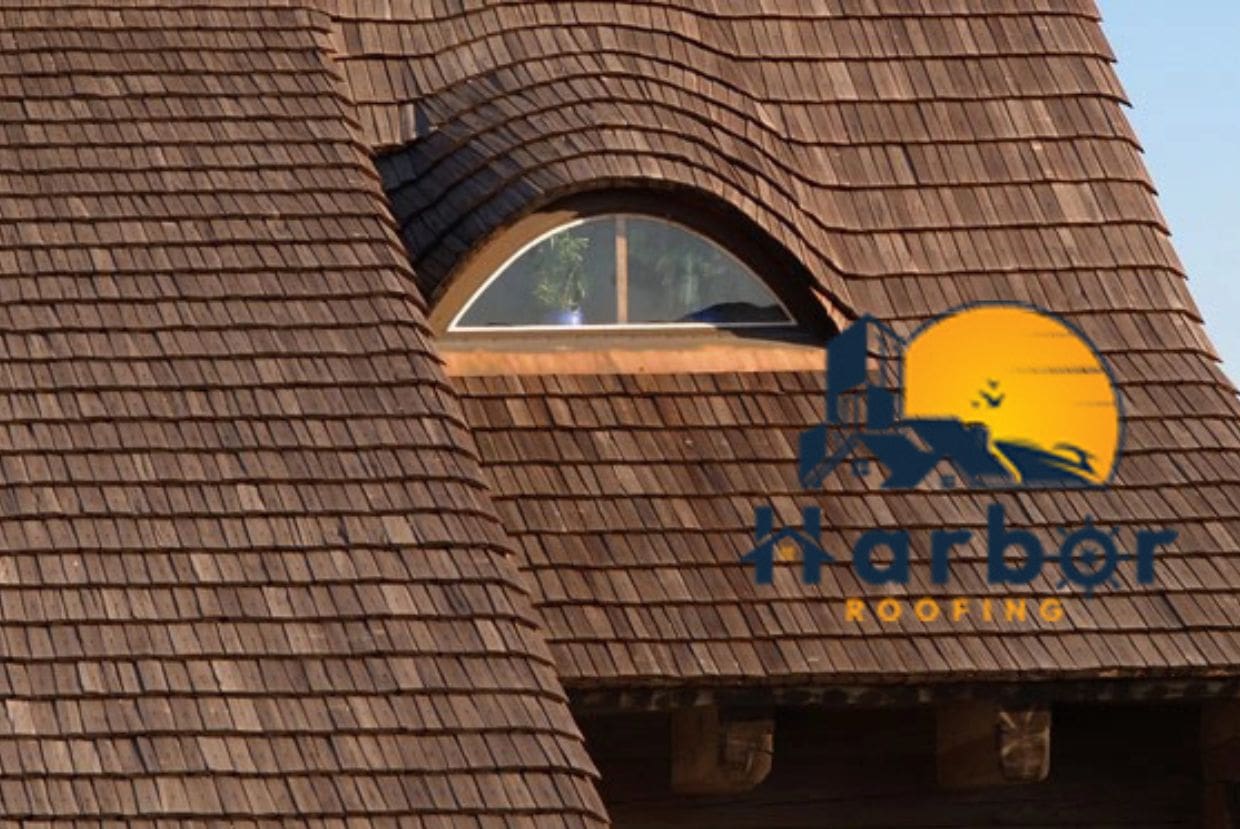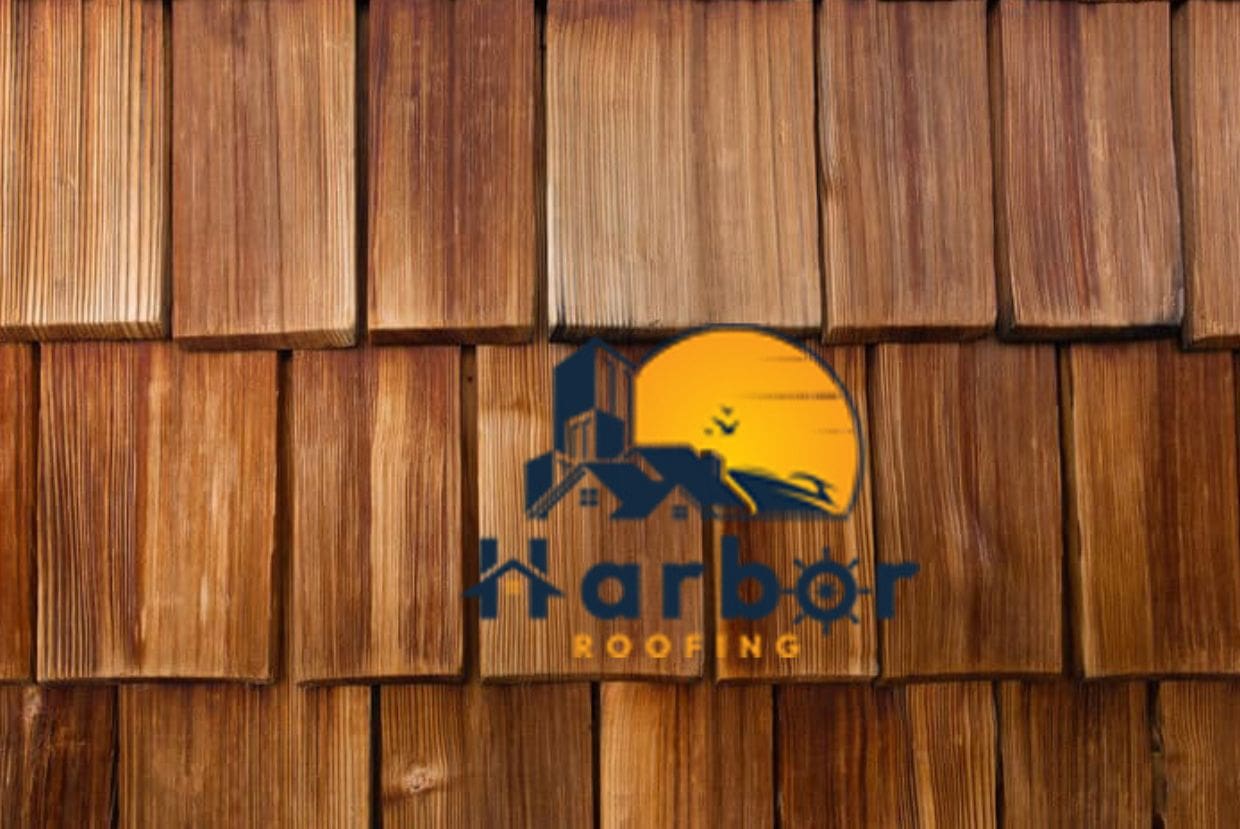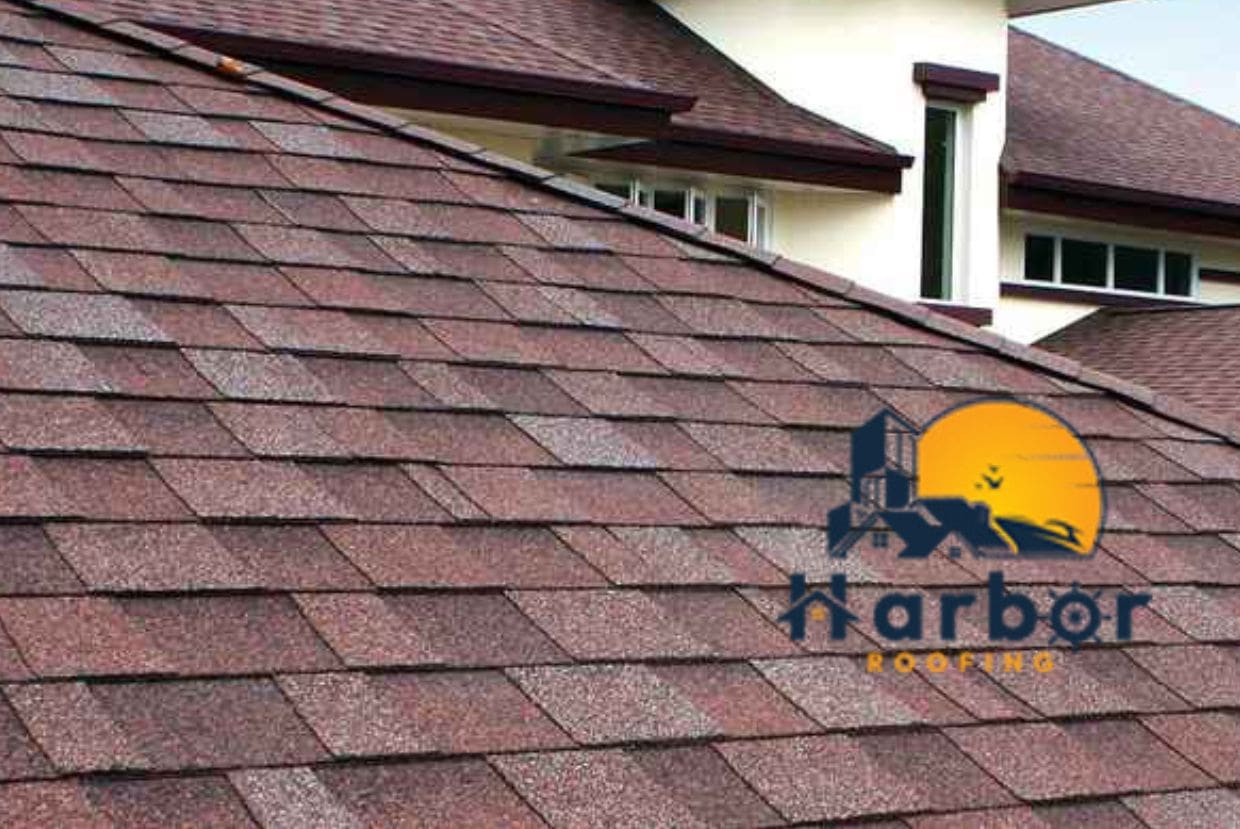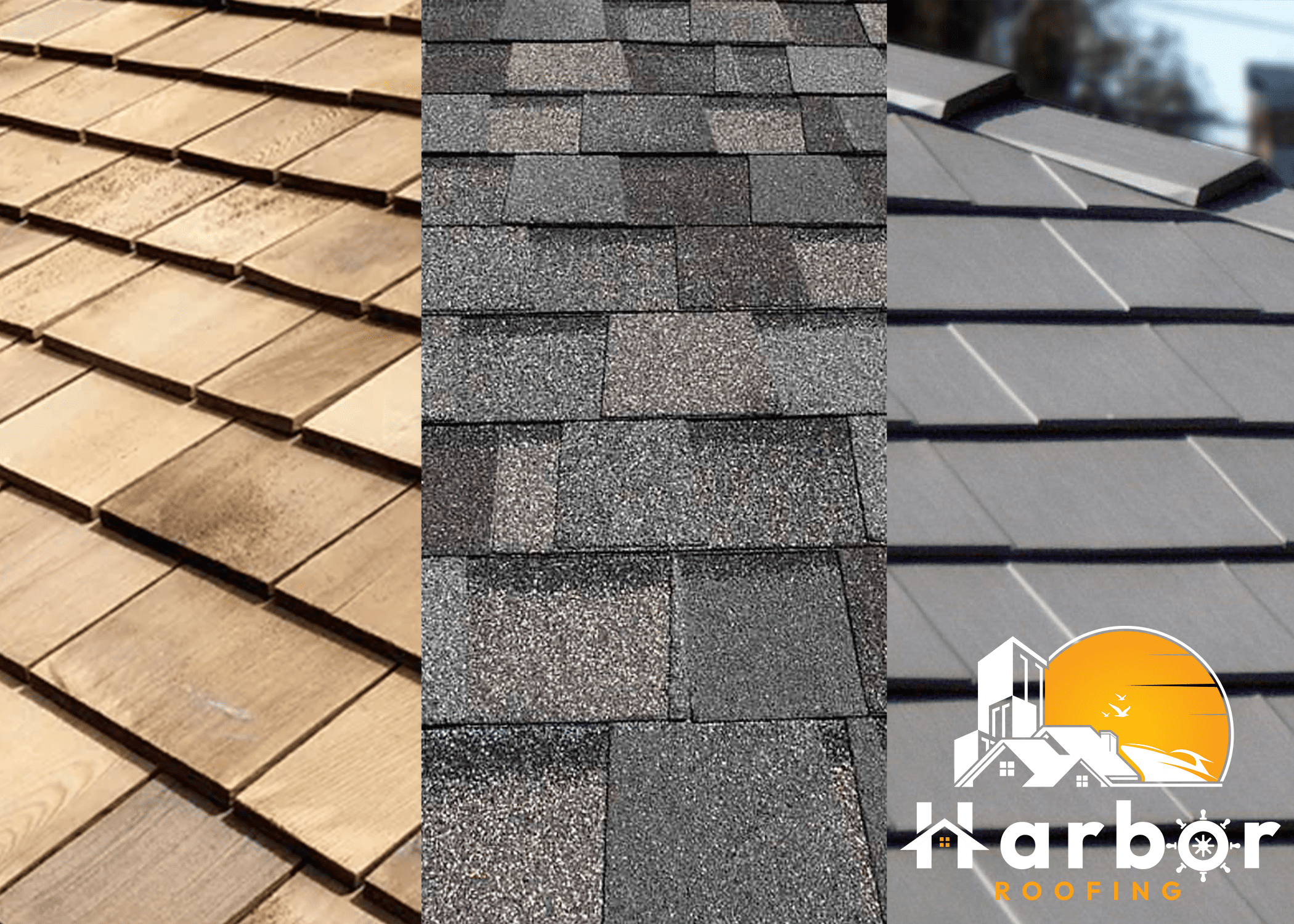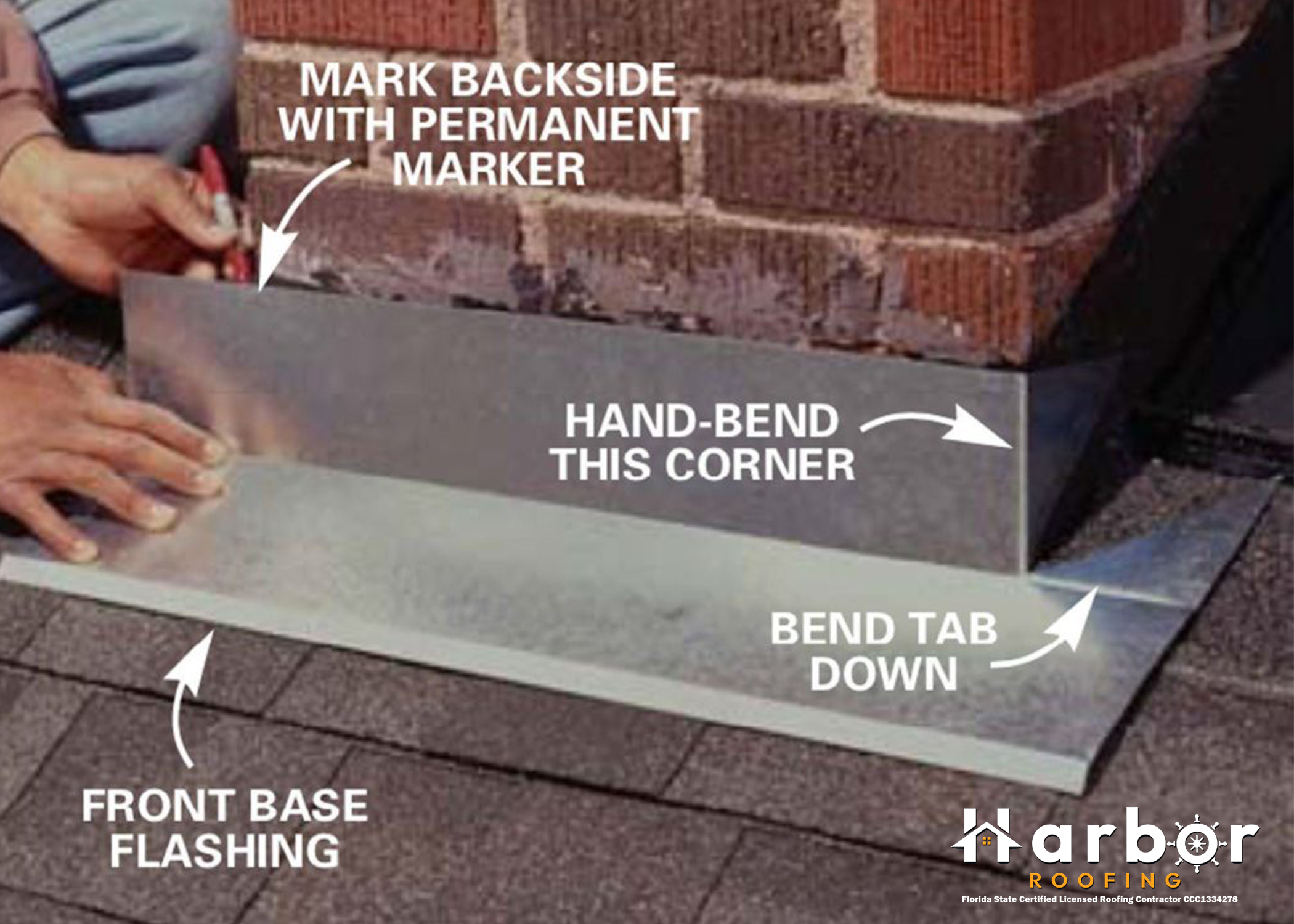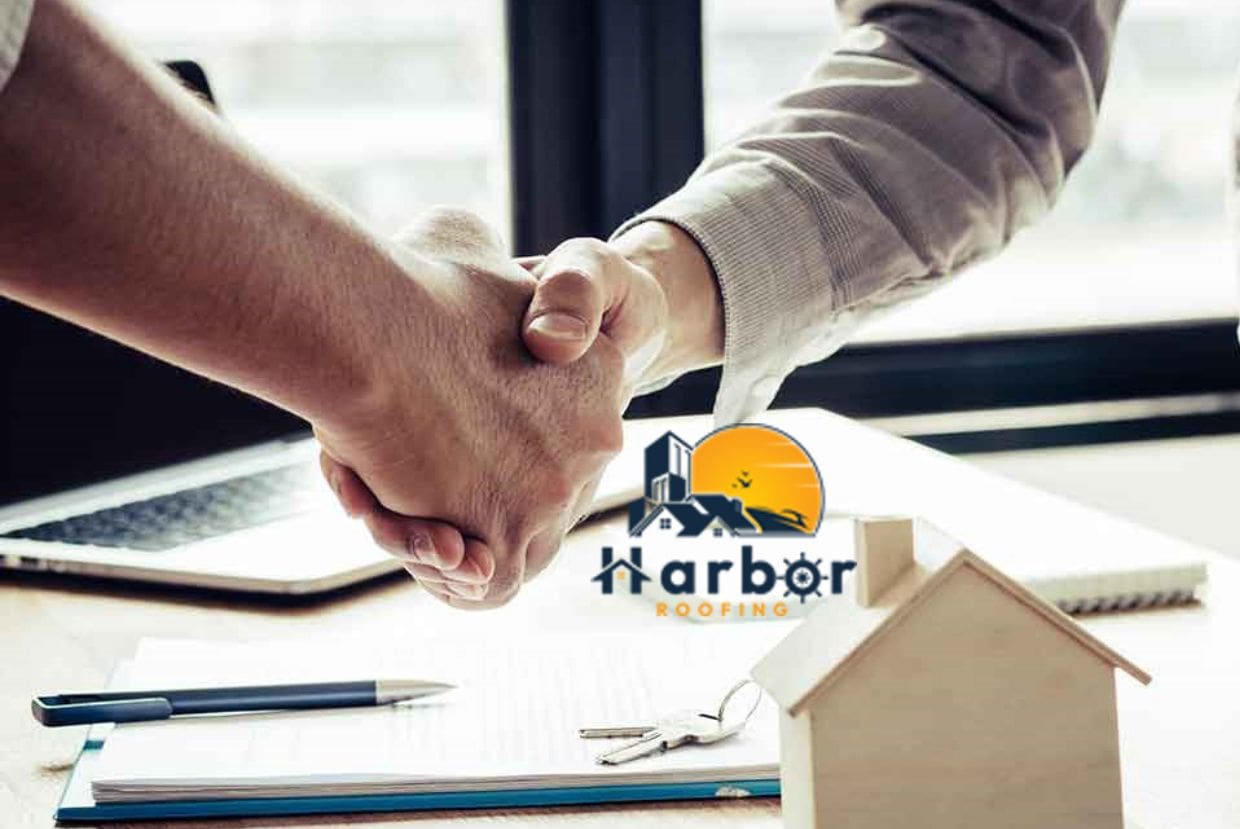Almost any building style can benefit from either an exposed fastener metal roofing roof or a standing seam metal roofing. Still, before making a purchase, you must understand the pros and cons of each option. Although both systems ultimately serve the same purpose of covering and protecting a building, they differ significantly in advantages and disadvantages.
We’ve put up this guide to help you select the ideal metal roofing system for your needs since we understand how vital it is to carefully consider your alternatives. Let’s start by defining each option.
What Is Standing Seam Metal?

Standing seam roofing is a concealed fastener metal panel system with vertical legs and a wide, flat surface between them. You can also define it as a roofing type with elevated seams or vertical legs that rise above the flat section of the panel. Contractors fasten the panels to the substrate with hidden clips and fasteners.
What Is Exposed Fastener Metal Roof?
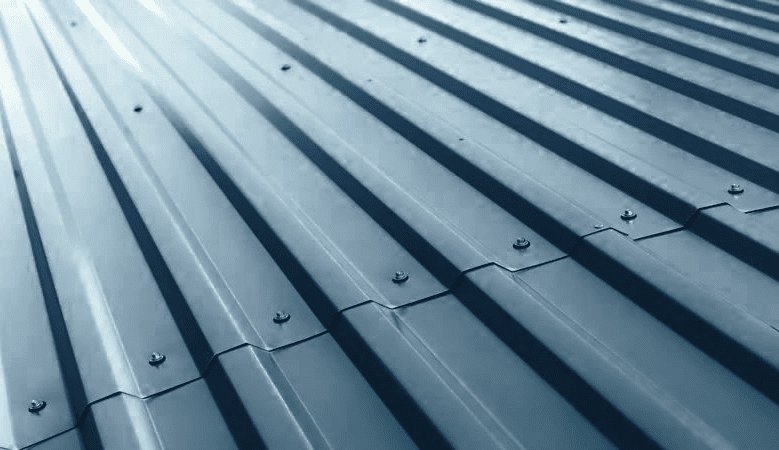
When you secure panels directly to the roof deck with screws that pierce the panels, we call the system an exposed fastener metal roofing system. The panel edges overlap, and the fastener passes through both metal layers. This metal roofing type gets its name from the fact that the screw heads are left visible. Examples of exposed fastening metal panels include corrugated or PBR panels.
Now that you know the structural differences between the standing seam metal and the exposed fastener metal roof, let’s delve into their pros and cons.
Standing Seam Vs. Exposed Fastener Metal Roofing: Pros and Cons
Between the standing seam and the exposed fastener metal roof, which one is better? You’ll find out shortly; just keep reading.
Advantages of Standing Seam Roofing
- No visible fasteners: One of the best things about standing seam metal roofing is that you can’t see the fasteners on the outside. This protects them from UV light, water, wind, and other things that can damage fasteners over time. Standing seam systems also don’t make holes in the panels that cover your building.
- Fits roofs with very low slopes: With the right amount of butyl sealant, you can put a standing seam can on a roof with a 1:12 pitch. On the other hand, you shouldn’t place exposed fastener roofing on a roof with a pitch of less than 3:12.
- Fewer replacements of fasteners: In some standing seam designs, contractors use clips instead of fasteners. For the type with fasteners, hiding them from view saves them from the weather. Since they aren’t exposed to water, wind, or dirt, they won’t rust as quickly and won’t need to be changed as often as fasteners that are.
- Ability to work with solar panels: Standing seam roofs have lines that are very useful if you want to put solar panels on your roof. There is an S-5 clamp that holds the solar panels to the seam or leg of the standing seam roofing panels. You don’t need to drill into the roof. In the same way, it’s easy to add other things to your roof, like snow-holding systems.
- Long lifespan: Metal roofing lasts much longer and needs less upkeep than other types of roofing, like asphalt shingles or concrete tiles. Because fasteners in a standing seam system don’t go through the metal’s surface, you don’t need to check them often for pulling out, being loose, or being broken. In addition, most standing seam metal roof systems come with a PVDF paint system that will make the look of your roof last longer.
Disadvantages of Standing Seam Roofing
- Slightly expensive: One of the biggest problems with standing seam metal roofing is that it can cost more than other types of metal roofing, especially exposed fastener systems. However, it is not always the most expensive. Metal shingles and other cast metal materials tend to cost more, even though they are usually made from 26 gauge or thinner metal.
- More difficult to fix or replace: If something goes wrong with one panel or a more minor part of the roof, it can be hard to replace quickly. This is because you have to take off each panel off the other panels that are still on the building. It can be very time-consuming to do this step for systems mechanically seamed because each panel needs to be unseamed before the sealant is taken off or broken through.
- Not suited for flat roofs: You can’t use standing seam systems on homes or buildings with roofs that are flatter than a 5/12 pitch (mechanical seam). Because these structures are flatter, water can’t drain properly, which could cause the panels to break down early, change color, or fail altogether.
- There are fewer qualified contractors available: It is critical you find a trained and skilled roofing contractor. This is specifically because standing seam systems entail meticulous workmanship. Many people deem installing them too complicated or time-consuming. It explains why there are significantly fewer contractors with an established track record and relevant experience to pick from.
Advantages of Exposed Fastener Roofing
- Less expensive: One of the most significant advantages of exposed fastener panels is that they are less expensive than standing seams. Savings on expenses will be at least 50%, depending on the gauge and paint system. Various reasons contribute to its low cost.
- Requires fewer accessories: Because exposed fastener systems are directly fastened to the structure through the metal, no clips are needed. This can save the buyer money. To install the roof system, exposed fastener systems typically utilize fewer accessories and alternative flashing supplies, such as foam closures. Again, this reduces costs and expedites installation.
- Easy installation: An exposed fastener roof is quicker and faster to install than a standing seam roof. This is because it requires fewer steps. Since installing exposed fastening systems requires less skills, more roofing contractors are qualified.
- It works better for do-it-yourself (DIY) projects: Because it’s easier to install, homeowners have a better chance of doing it themselves as a DIY job. On the other hand, when installing standing seam metal roofing, you should always hire someone skilled, experienced, and reliable.
- More knowledgeable contractors: Many contractors advertise that they can install metal. However, you should bear in mind that installing standing seam and exposed fastener panels requires entirely different skill sets. Exposed fastener metal roofing can be simpler to install. Hence, most contractors have the knowledge, experience, and tools to offer exposed fastener systems to their customers.
Disadvantages of Exposed Fastener Metal Roofing
- Requires more maintenance than a standing seam: You must check and maybe tighten the fasteners during inspection to avoid leaks. At this time, you should also check foam closures to ensure they are still in good condition. Additionally, you should inspect for leaf accumulation and damaged sealant.
- No weatherproof guarantee: Because of the numerous holes in an exposed fastener roofing system, manufacturers rarely provide weatherproof warranties.
- Less aesthetic appeal: Exposed fastener metal roofing lacks the sleek appearance prized in contemporary design. In such designs, smooth lines and uniform surfaces are emphasized. Because the screw heads protrude above the metal, these setups are not as smooth to the eye.
- Not suitable for low-slope structures: Each panel in an exposed fastener system is lapped. They have several screw holes drilled into their surface. Therefore, the minimum recommended roof pitch for an exposed fastener system is 3/12. This ensures that water flows off the roof rather than pooling.
- Poor waterproofing: To secure a roof of corrugated panels, you may need hundreds of screws. There are numerous openings in the roof through which rain and snow might enter the house. Leaks might occur in the roof if you do not fit the fasteners correctly or they become loose.
Conclusion
Both standing seam and exposed fastener metal roofing have their advantages and disadvantages. Therefore, it is essential to go into the roof purchase with realistic expectations about the roof’s performance.
Metal roofing with standing seams has many advantages. They include a modern appearance, protection from the elements, thermal flexibility, superior performance, and the absence of panel penetrations. With exposed fastener metal roofs, on the other hand, you have the benefit of installing it for less money than other roofing materials. It is also traditional in appearance and functions well.
With all that you now know about these roofing types, which one would you go for?
Frequently Asked Questions
How much does a standing seam roof cost?
This roof type is one of the most expensive types of roofing. The average cost to install a standing seam roof is $16,400, with low estimates of roughly $14,000 and high estimates of $19,000.
What is the alternative to standing seam?
An alternative to the standing seam is the snap-lock. It is very much like the standing seam. It allows the panel to expand and contract. This happens because they secured in place with a clip, much like a standing seam. This makes it possible to employ a wider variety of materials. Additionally, it is ideal for use in areas with extreme weather.
What is the standing seam metal roof lifespan?
A standing seam metal roof has a 50-year lifespan.
